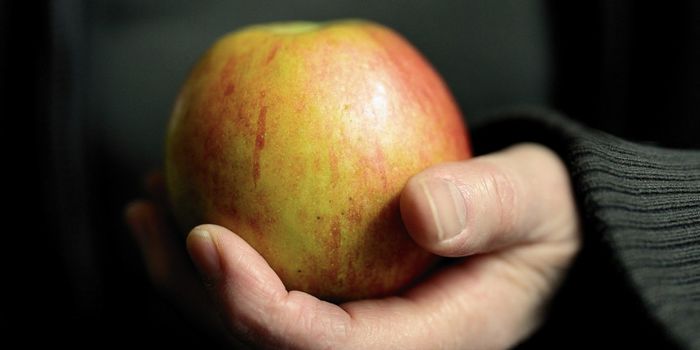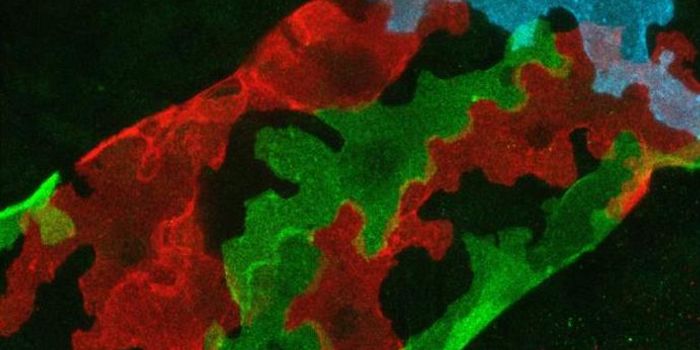Fish With 'Specialist' Diets Face Severe Survival Challenges
Animals can be categorized as having one of two types of diets, including ‘specialists,’ which eat only specific kinds of prey, and ‘generalists,’ which eat almost anything that comes their way. While having a certain food preference may not seem like that big of a deal at first glance, some conservationists fear that it could impact the survival of species as prey availability changes.
Image Credit: Pixabay
With climate change threatening to impact the world’s oceans in more ways than one, prey availability is becoming a looming issue with significant concern. Warming waters are shifting habitats, and perhaps unsurprisingly, this problem trickles down the entire food chain, leaving predators with less prey to eat to survive.
A handful of fish falls into this ‘specialist’ diet category, including parrotfish, butterflyfish, cardinalfish, and triggerfish, to name a few. They’re often reluctant to eat anything apart from their preferred diet, even if it means starving to death. With that in mind, conservationists are concerned that these fish will struggle to survive as their natural prey of choice disappears.
Related: These strange fish live in some of the deepest parts of the ocean
It’s not just smaller fish that climate change impacts, but also the survival of coral reefs and the algae systems they support. These ecosystems are extremely sensitive to temperature change, and the fish that like to feast on algae will have an epidemic on their hands if it all died off.
"If they are specialists feeding on hard-to-get-at prey, or prey that might be severely affected by climate change and acidification"—like coral bleaching events, or the death of seagrass or algae beds—"then they will die of hunger," explains Maria Lourdes ‘Deng’ Palomares, a scientist from the University of British Columbia, and a co-author of a related paper published in Scientific Reports.
“These specialists will have a hard time adapting to the lack of food, as they are selective about what and where they eat, and they tend to choose areas and foods that match their feeding skills and the place they occupy in the food chain,” she continued.
Related: There could be more bioluminescent fish in the oceans than initially thought
Many of the fish that will be impacted by a lower abundance of prey are consumed by humans, and some are gorgeous and rich in color, making them exciting things to observe in the wild while scuba diving. With that in mind, conservationists fear that reduced prey availability, combined with current fishing trends, could drive these fish closer to extinction, impacting both the food market and consumer tourism in the process.
According to Palomares, vicious cycles of similar proportion are already impacting seabirds and whales. Lower abundances of small prey such as small fish and krill are making it more challenging for these animals to find a bite to eat. To make matters worse, many seabirds and whales are recognized on the International Union for Conservation of Nature’s Red List of Threatened Species.
Mother nature does her best to sustain a delicate balance in any ecosystem, but that balance is easily disturbed by climate change and other factors. What’s even more alarming is how one small change can set off a domino effect in the environment, resulting in a full-scale conservation effort to prevent a species from going extinct.
Source: Nexus Media









